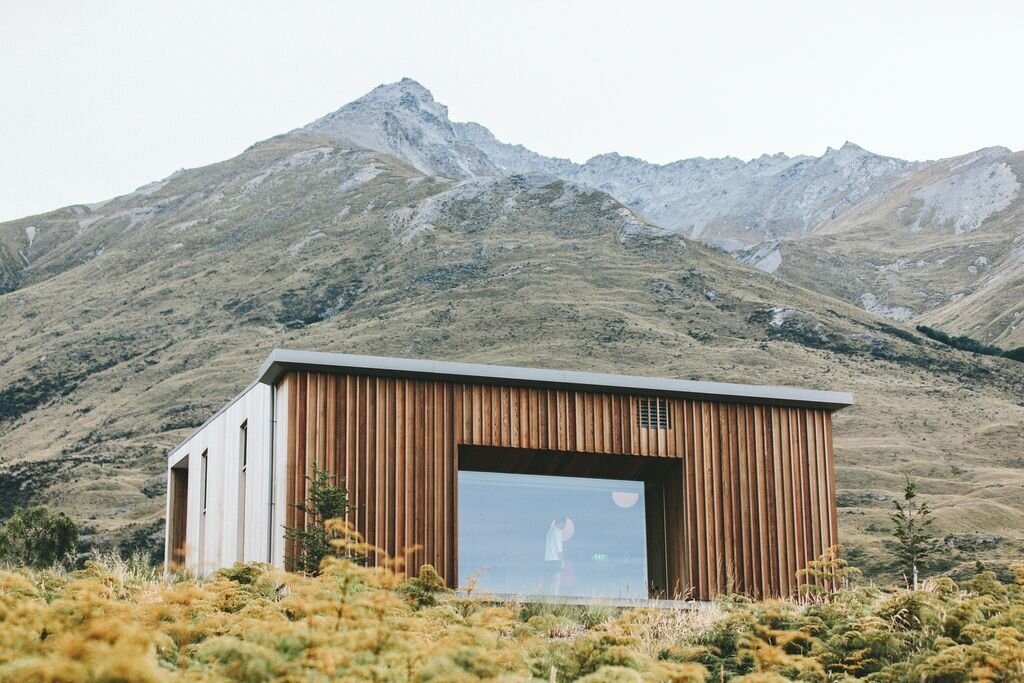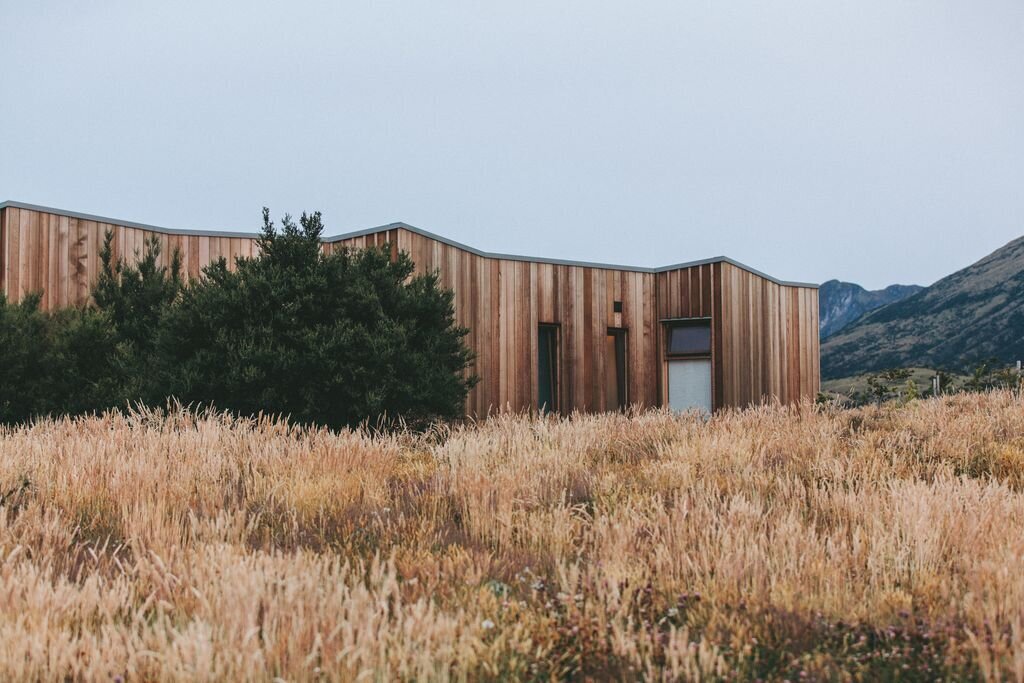/
/
Workplace Engagement Service Design in Higher Education Staff Policy
Supporting the staff (Non-academic) with innovative thinking and problem-solving towards a more playful and collaborative engagement.
This work formed as the core part of a series of policy research while I was at the ISG in 2023-2024. The policy focus was to strategise to better understand what role does play and playful engagement PLAYS in creating a more encouraging staff innovation environment.
The Client
Information Services Group (ISG) at the University of Edinburgh supports 800+ staff across eight directorates, delivering IT, library, digital learning, and web services. It serves students, staff, researchers, and the public, with offerings from infrastructure to digital skills training. ISG also contributes to the University’s digital transformation, data innovation, and online learning strategy.
My role
To research, frame and co-design the playful engagement policy system, and further build the strategy
To demonstrate and validate the value of the policy and its intent to the wider staff through direct, indirect, digital and event-based plans
To comprehensively document this as an academic report
The Work
Scope
Open working, 12-month service policy investigation with a broad stakeholder engagement through surveys and workshops. Direct collaboration across eight areas of leadership and management, reporting to the head of learning, technology and web directorate. Compromised by a team of two, with skills across research, strategy design, change management and human-centric organising.
Description
After analysing the various levels of complexity through a series of surveys, it was concluded at an initial stage that the project required two broad strokes of action.
a) Iteratively understanding through meaningful collaboration what playful engagement means for the ISG
b) Mapping the opportunities and barriers towards the playful engaging innovation processes with the wider staff and mid-level management
The work crossed Multiple directorates, with both online and offline interactions with management (service, team, line, project), with some first-time interconnections leading to a discursive environment and strategy building.
Outcomes
The initial engagement was slow as it was not as deliberative as expected. It required a series of reminders and planners to bring people on board for collaboration. An anticipated reason was the lack of clarity about the policy's use and application.
A common, documented problem when working within a large multi-stakeholder project.
Higher management surveys revealed already prevalent, less discussed, directorate-centric ways of working, which aligned with the design themes.
The work helped demonstrate value and set a precedent for inter-directorate collaboration that could make the policy-making process inherently bottom-up.
The design updated the playful engagement policy by reinforcing opportunities and taking nudge action on the barriers.
Key Activities
Building stakeholder engagement: Engaged a diverse group of stakeholders across eight directorates, ranging from senior leaders to mid-level managers and staff, through workshops, surveys, and co-design sessions. Helped build shared understanding and stronger collaboration around the role of playful engagement in supporting innovation.
Value of new practices: Showcased the impact of play and human-centred approaches on staff motivation, collaboration, and innovation. Used a mix of digital, in-person, and low-barrier engagement methods to demonstrate how new ways of working can bring value to policy and service teams.
Service-led approach: Worked closely with policy and leadership teams to shape an inclusive view of the challenge. Collected staff insights, mapped opportunities and barriers, and communicated findings clearly through reports, diagrams, and strategy papers to support informed decision-making.
New ways of working: Modelled open and collaborative working across silos, using agile, research-led methods. Promoted experimentation, team reflection, and cross-functional dialogue, creating space for a more connected and playful organisational culture.









